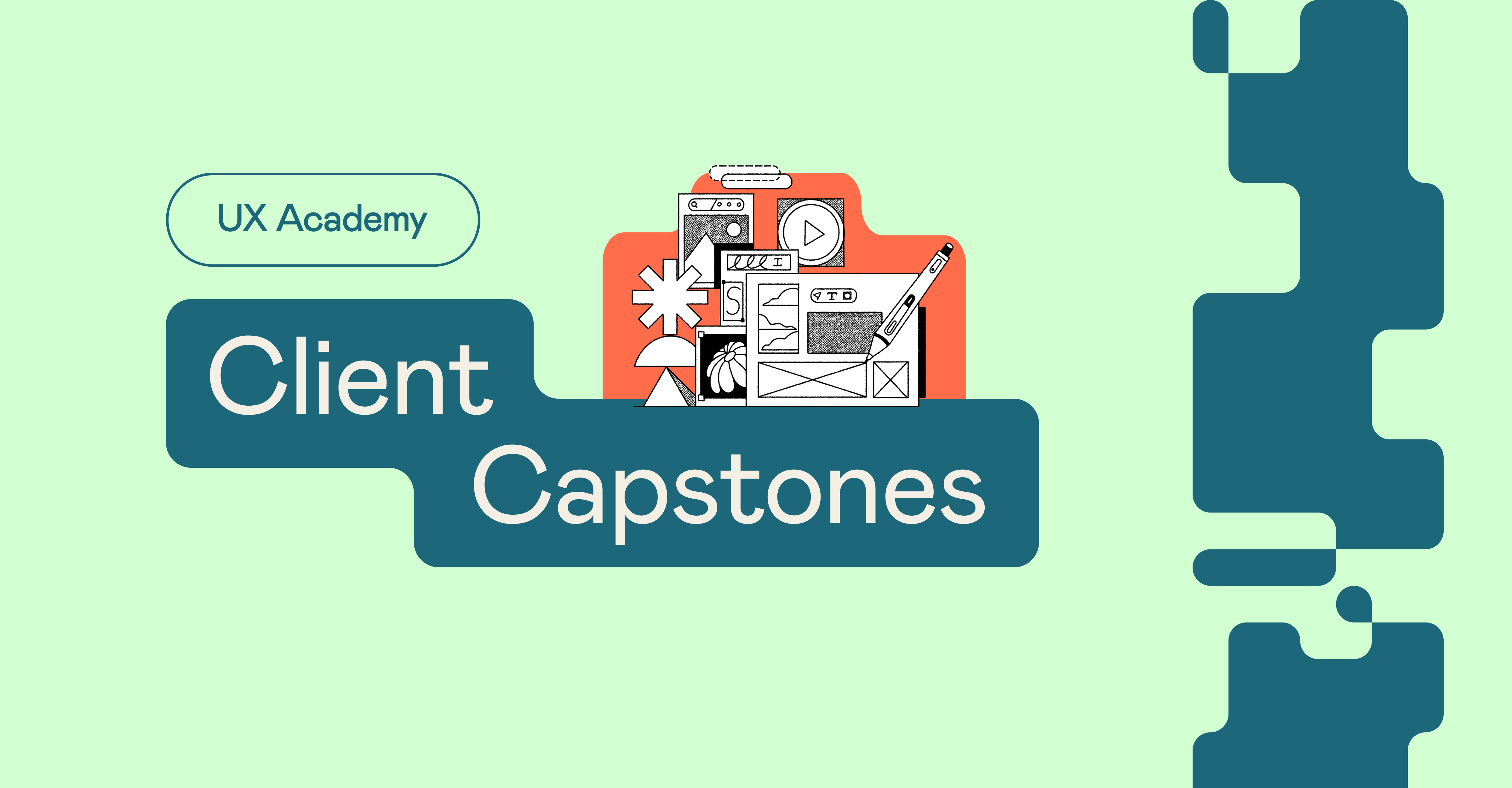Creativity is a defining feature of what it means to be human. Yet modern concepts of creative people—and the process of creativity—remain off-kilter because of popular myths.
Why is something so important to human nature so frequently misunderstood?
According to the psychologist Mihaly Csikszentmihalyi in Creativity: Flow and the Psychology of Discovery and Invention, for a majority of human history, creativity was seen as a quality mainly reserved for supreme beings. Now a celebrated human trait, we still face some provocative examples of modern mythology:
-
Only geniuses (not common people) who change the world deserve the title of “Creative.” People like Einstein, Da Vinci, Lamarr, Darwin, and Mary Shelley come to mind.
-
The only true creative people were the “tortured artists” caught up in despair, isolation, and madness. Romanticized artists like Poe, Van Gogh, Plath, and Bukowski.
-
Creations appear out of thin air—merely the result of both luck and genius rather than the product of hard work and years of careful practice.
-
The creative process has a magical element; no matter how much we study it, we won’t understand where it comes from or how it works.
We say: nonsense.
With more sophisticated tools and outlets available to anyone willing to learn, we decided to help clear up the prevailing myths and folk wisdom surrounding creativity. Everyone has innate talents and skill sets — finding and mastering them are no longer out-of-reach.
We started Designlab not only to dispel myths and misleading ideas. We wanted to share our knowledge of design creativity by building courses that allow anyone to improve, by doing hands-on projects and lessons with the best resources and mentors in the field.
The trick to creativity, if there is a single useful thing to say about it, is to identify your own peculiar talent and then settle down to work with it for a good long time. Everyone has an aptitude for something. The trick is to recognize it, to honor it, to work with it. This is where creativity starts.
—Denise Shekerjian, Uncommon Genius
Defining creativity
The story behind creativity starts with a fascinating historical fact: according to The Oxford English Dictionary the word “creativity” didn’t appear in print until 1875.
From that moment on, debates over what it means to be a creative person—and how the creative process works—have flourished.
It’s true that everyone has an aptitude, a talent, for something. Here are only a few examples:
-
Writers, from an early age, tend to have an innate connection to stories told to them by family members and friends.
-
Astronomers demonstrate a keen sense of child-like curiosity that leads them to ask important questions long after childhood.
-
Designers possess an intuitive sense for aesthetics and taste—taking what may seem to be unremarkable parts and creating a meaningful and memorable whole.
So how do you define creativity? We’re glad you asked.
The MacArthur Foundation (in charge of bestowing the prestigious “Genius Grant”) takes a stab at defining the complex term:
Creativity, like humor, can get lost in definition—not because it cannot be described, but because it can be expressed in limitless variations. In this program, we have found it useful to regard creativity as the expression of human endeavor as individuals actively make or find something new, or connect the seemingly unconnected in significant ways.
The idea of limitless variations is proof that being a creative person doesn’t require a mythical act, or a state of being that’s impossible to achieve. Creativity can be possessed, improved, and mastered by anyone.
So where do you begin?
For the things we have to learn before we can do them, we learn by doing them.
—Aristotle
At Designlab we take Aristotle’s brilliant observation to heart. What we’ve learned is designers need the right learning environment to identify their own particular talents and creative impulses. They also need training that values active participation and collaborative feedback.
Design itself is a recursive process of invention, testing, and revision—and there’s no better way to start than learning by doing.
Learning by doing is powerful; it has a remarkable ability to influence your creative growth and it’s the bedrock of our project-based approach at Designlab.
Where do your creative talents lie: User Experience (UX)? User Interface (UI)? Interaction (IX)? Visual Design? Across the map?
If you’re interested in building your UX or UI skills—start now! Explore our short courses to expand your skills, or check out our rigorous UX Academy program.



.svg)














